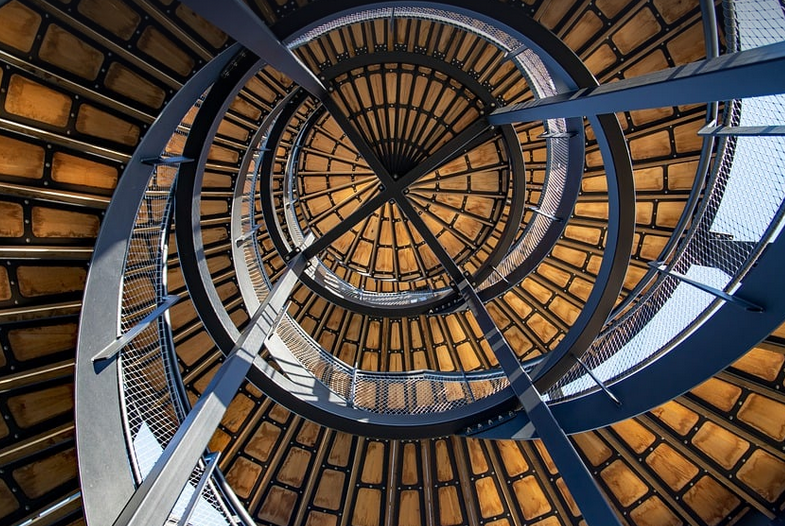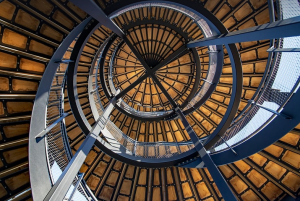
Unveiling the Symphony of Sound with Students
Welcome to a world where students become explorers of sound, delving into the fascinating realm of beats and sine waves. This journey promises a blend of creativity, technical understanding, and real-world applications that will leave them eager to compose and innovate with sound.
Imagine students not just passively listening to music, but actively participating in creating it! They’ll learn about the fundamental building blocks of sound, how beats occur through their rhythmic interplay, and why sine waves are so crucial for crafting melodies and harmonies. It’s a dynamic approach that transforms theory into practical experience.
The journey starts with understanding beats—the rhythmic pulse found in music that adds a sense of drive and energy to the soundscape. Beats arise when two or more sound sources play at slightly different frequencies, creating an alternating ‘pulse’ that makes our ears notice the rhythm.
The world of beats is incredibly diverse; from the steady thrumming of a heartbeat to the driving beat of a drum set. It’s a fundamental aspect of music and even non-musical soundscapes like nature or machinery. To understand this, students could explore their own bodies—the heart’s rhythm is a natural example of beats.
What makes beats so interesting? Well, it’s the interplay between different frequencies that creates a dynamic experience. The human ear is incredibly sensitive to these minute differences in sound, and when two sources with slightly different pitches play together, they create that pulsating beat.
The study of sine waves opens up another fascinating world within music – the realm of complex sounds, tones and melodies. Sine waves offer a perfect example of a simple wave shape that can be manipulated to create a wide variety of musical effects.
Sine waves are created by a single periodic oscillation—an ongoing repeating motion in the form of a sine curve—that produces a smooth, consistent sound over time. This is why they’re so essential when crafting complex and beautiful soundscapes or even basic melodies.
Imagine students building their own simple instruments using just materials like cardboard and string! They can explore how varying the length of the string affects the pitch produced. Then, they can learn about changing the tension on the strings to influence the pitch further. Students can observe the wave-like nature of sound as objects vibrate and create different tones.
Sine waves are also crucial tools in sound design for various media—from video games to movies. By understanding this fundamental concept, students will appreciate how sound engineers manipulate these waves to create unique soundscapes that bring characters, environments, and events to life within their digital worlds.
The world of beats and sine waves goes beyond the realm of music; it’s a foundation for understanding how technology creates various sounds. Whether designing an app or composing a song, students can harness these fundamental concepts to explore sound in new, innovative ways.
To bring this exploration to life, consider incorporating practical projects and experiments into the curriculum. For example: * **Building homemade instruments:** Students can construct simple musical instruments like drums, shakers, or wind chimes using everyday materials to understand how sound is generated and how changes in frequency affect pitch.
* **Exploring beat patterns:** Students can experiment with different drum beats by changing the tempo and volume of sounds. This helps them grasp the dynamic nature of rhythmic variations within music.
* **Creating beats using apps:** Using mobile app-based audio editors, students can create their own rhythms and explore concepts like tempo, time signatures, and beat patterns to understand the different ways in which sound is organized.
By engaging with these concepts through fun and interactive activities, students will gain a deeper understanding of the world of sound, learning the foundations that make music and technology both exciting and complex.



